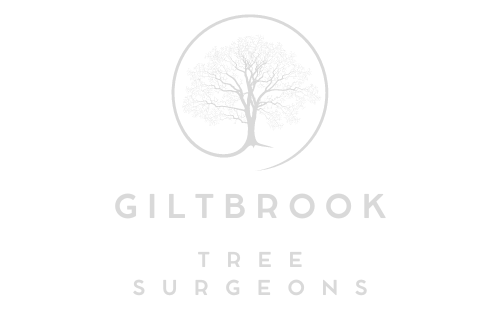The Art of Tree Reshaping: A Comprehensive Guide
Introduction: Trees are not just nature’s silent spectators; they are living works of art that can be shaped and sculpted to enhance their beauty, improve their health, and coexist harmoniously with the environment. Tree reshaping, also known as tree pruning or tree trimming, is a delicate art that requires knowledge, skill, and a deep understanding of tree biology. In this comprehensive guide, we will explore the art of tree reshaping, its benefits, techniques, and the importance of entrusting this task to qualified tree surgeons.
Understanding the Art of Tree Reshaping:
Tree reshaping is a horticultural practice that involves selectively removing branches or foliage to modify the tree’s structure, appearance, or growth pattern. This technique serves various purposes, including improving aesthetics, enhancing safety, promoting tree health, and maintaining the tree’s compatibility with its surroundings.
The Benefits of Tree Reshaping:
Tree reshaping offers a wide range of benefits, such as:
- Aesthetic Enhancement: Shaping trees to create visually pleasing forms.
- Health Improvement: Removing dead or diseased branches to promote overall tree health.
- Safety Assurance: Pruning to prevent hazards, such as falling branches.
- Encouraging Growth: Directing growth away from structures and power lines.
- Environmental Harmony: Promoting the tree’s compatibility with its environment.
- Disease Prevention: Reducing the risk of fungal and pest infestations.
When to Reshape a Tree:
Timing is crucial when it comes to tree reshaping. While some pruning can be done year-round, it’s generally best to prune during the dormant season, which varies depending on the tree species. It’s often best to prune flowering trees after they bloom to avoid cutting off potential flowers.
Techniques for Tree Reshaping:
Tree reshaping requires careful consideration of the tree’s species, age, and condition. Different techniques include:
- Crown Pruning: Removing branches from the top or sides of the tree’s crown.
- Thinning: Removing selective branches to reduce density and improve light penetration.
- Deadwooding: Removing dead or diseased branches to prevent hazards.
- Shaping and Training: Guiding the tree’s growth to achieve a desired form.
- Elevating: Raising the lower branches to provide clearance for structures or traffic.
- The Importance of Professional Tree Surgeons:
While DIY tree reshaping is possible for small trees and minor pruning tasks, larger trees and complex reshaping require the expertise of professional tree surgeons. Qualified arborists have the knowledge, experience, and equipment to ensure the tree’s health and safety throughout the reshaping process.
Conclusion: The art of tree reshaping is a fascinating and essential aspect of arboriculture. When done correctly, it not only enhances the aesthetics of your landscape but also ensures the well-being of your trees and the safety of your property. To make the most of this delicate art form, it’s crucial to consult with qualified tree surgeons who can expertly reshape your trees while preserving their natural beauty and vitality.
Call us on: 0115 647 1194
Click here to find out more about Giltbrook Tree Surgeons
Click here to complete our contact form and see how we can help with your tree’s needs.

